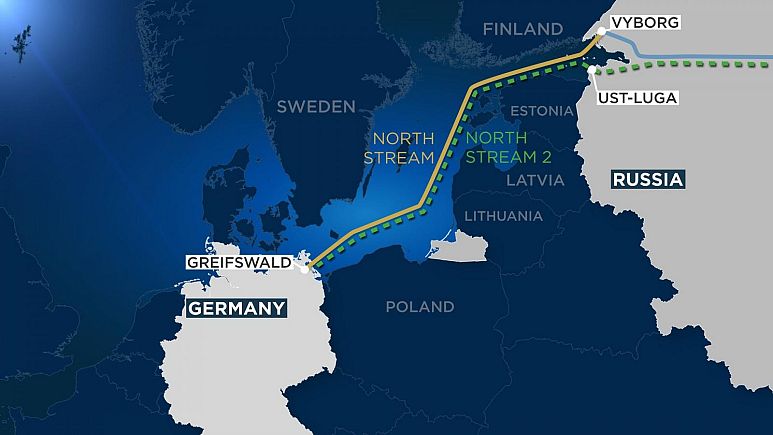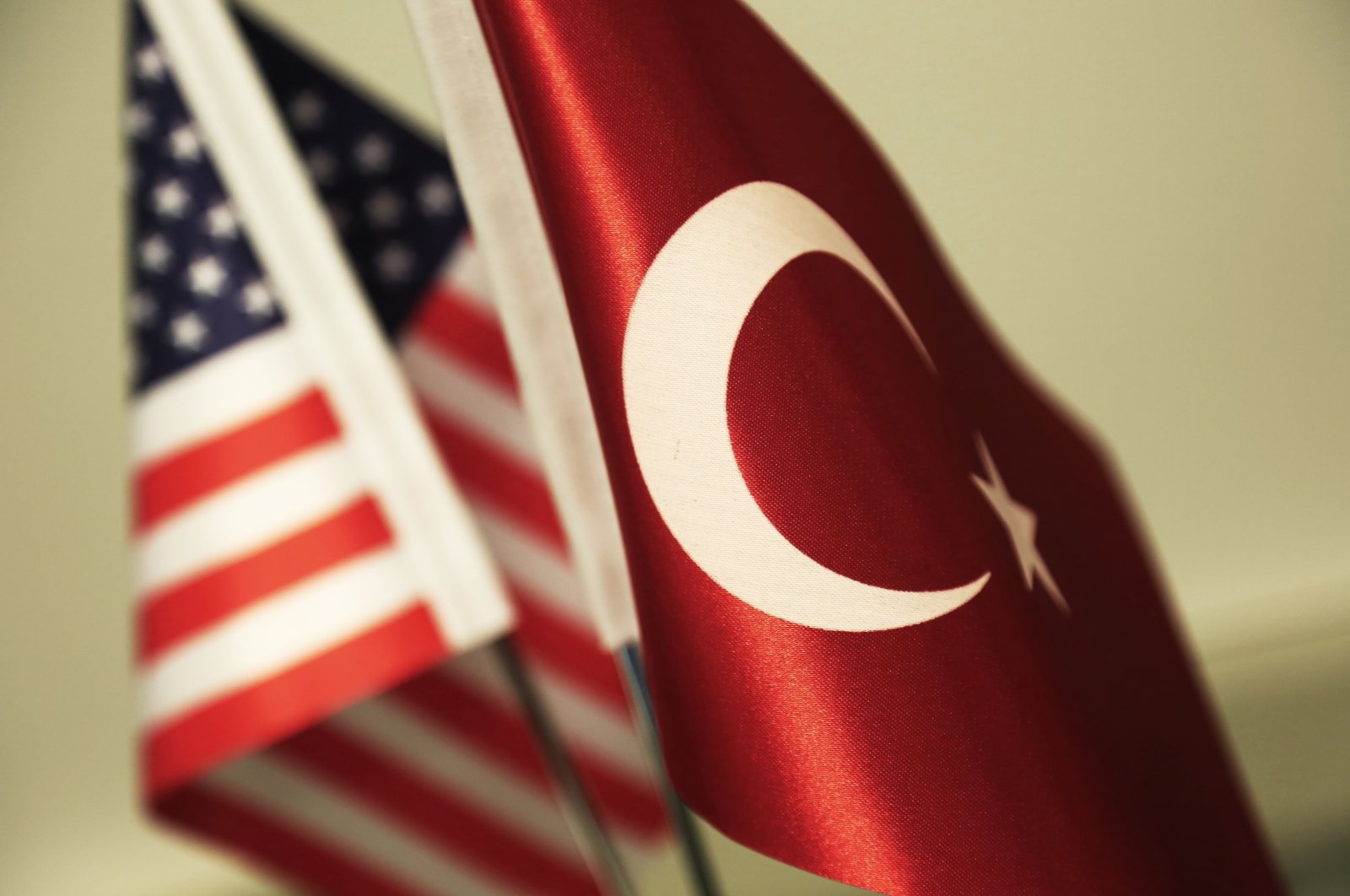
The Technological Cold War
(Venezuela) on 9 December 2020
by Alfredo Toro Hardy (link to original)
In the period from 1972-2008, relations between the United States and China were of a constructive nature. At the end of the ‘70s, the combination of China's strategic low profile and the U.S. belief that economic growth would inevitably lead to China's democratization and economic liberalization allowed both countries to comfortably overcome various obstacles in their relations.
After 2008, however, the situation began to change. China abandoned its low-profile approach and assumed a much more belligerent attitude after concluding that the effects of the economic crisis that had battered the United States had left the country in a much more vulnerable position than it believed it was. This belligerence notably increased upon Xi Jinping's ascendance to power in 2013, itself resulting in the pivot to Asia developed by Barack Obama and the trade war declared by Donald Trump. Today, China feels that its geopolitical and economic emergence are being restricted by the United States, while the latter has progressed to viewing China as a strategic rival with designs on displacing it. A cold war mentality has seized control of the relationship.
Technology has become a fundamental aspect of this emerging cold war. The competition for technological supremacy between China and the United States is becoming increasingly visible. While the "Made in China 2025" policy is viewed by Washington as the declaration of a tech war, Beijing feels increasingly besieged by the technological implications of the trade sanctions implemented by Trump as well as by his persecution of some of their flagship companies. Some examples will help to illustrate this situation.
China has widely, and notoriously, publicized its aspirations of becoming the global leader in artificial intelligence by the year 2030. To achieve this, it has formulated ambitious national strategy policies such as "Made in China 2025" or "mass entrepreneurship and innovation." Washington, feeling threatened, has responded with its own national strategy policies, such as the presidential executive order announcing a comprehensive government strategy to promote and protect national artificial intelligence technology and innovation, or the ZGC Innovation Center for artificial intelligence law.*
5G technology represents the fifth generation of the cellular network and constitutes a key development that will increase connectivity in remote areas, integrate sensors and robots, and allow vehicles, traffic control and factories to function with complete autonomy. Huawei, the global leader in this field, finds itself harassed by the United States. Behind this lies arguments about national security, but there is also Washington's desire to buy some time for its own companies to bridge the gap that separates them from Huawei.
China is a behemoth in electrical goods, but it depends on the importation of microchips to bring them to life. In 2018, Washington enforced an embargo on the sale of microchips to ZTE Corporation, China's premier company for electrical goods. To overcome this vulnerability, China has thrown its weight behind microchip design. Although it is at a considerable disadvantage, China is aided by the ongoing development of a new type of microchip based on artificial intelligence that would allow it to benefit from this technological advance and thus move ahead of everyone.
Quantum technology, with a potential for application in multiple sectors, is also the subject of an intense conflict. While China has achieved primacy in long-distance encrypted communications using this technology, the U.S. is No. 1 in the development of the latest quantum computers. China speaks of its ambition to bring a quantum internet to life that is immune to hacking, while the U.S. is designing a quantum computing system for integration on a global scale. In the meantime, both parties fight to close the distance wherever the other holds a lead.
At the same time, the two countries are competing for ascendancy in the space race. In 2011, a law from the U.S. Congress prohibited all contact between NASA and Chinese scientists; around the same time, Washington vetoed China's participation in the International Space Station developed by Russia and the United States. Where NASA sees its plans altered with each change in the White House and must tirelessly fight to maintain its budget, the Chinese space program, by contrast, enjoys a long-term mandate and ample budgetary support. Furthermore, while the future of the Russian-American space station is in jeopardy, China anticipates that its own space station will be completed in 2022. It is also in the final phase of the development process for a space telescope that will have the same resolution as the American Hubble Space Telescope. Meanwhile, the Long March 9 rocket, touted by Beijing for launching in 2028, surpasses the equivalent one that NASA also has programmed for launching in the same year.
Megabit by megabit, the tech cold war continues apace.
*Editor’s note: The ZGC Innovation Center is a technology innovation workspace and community in Santa Clara, California.


